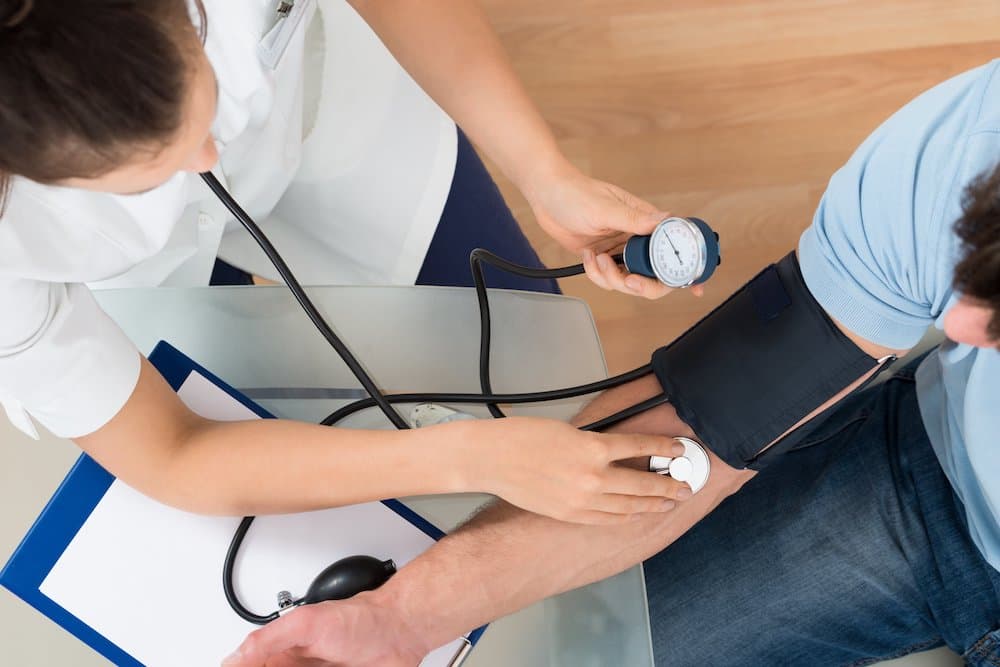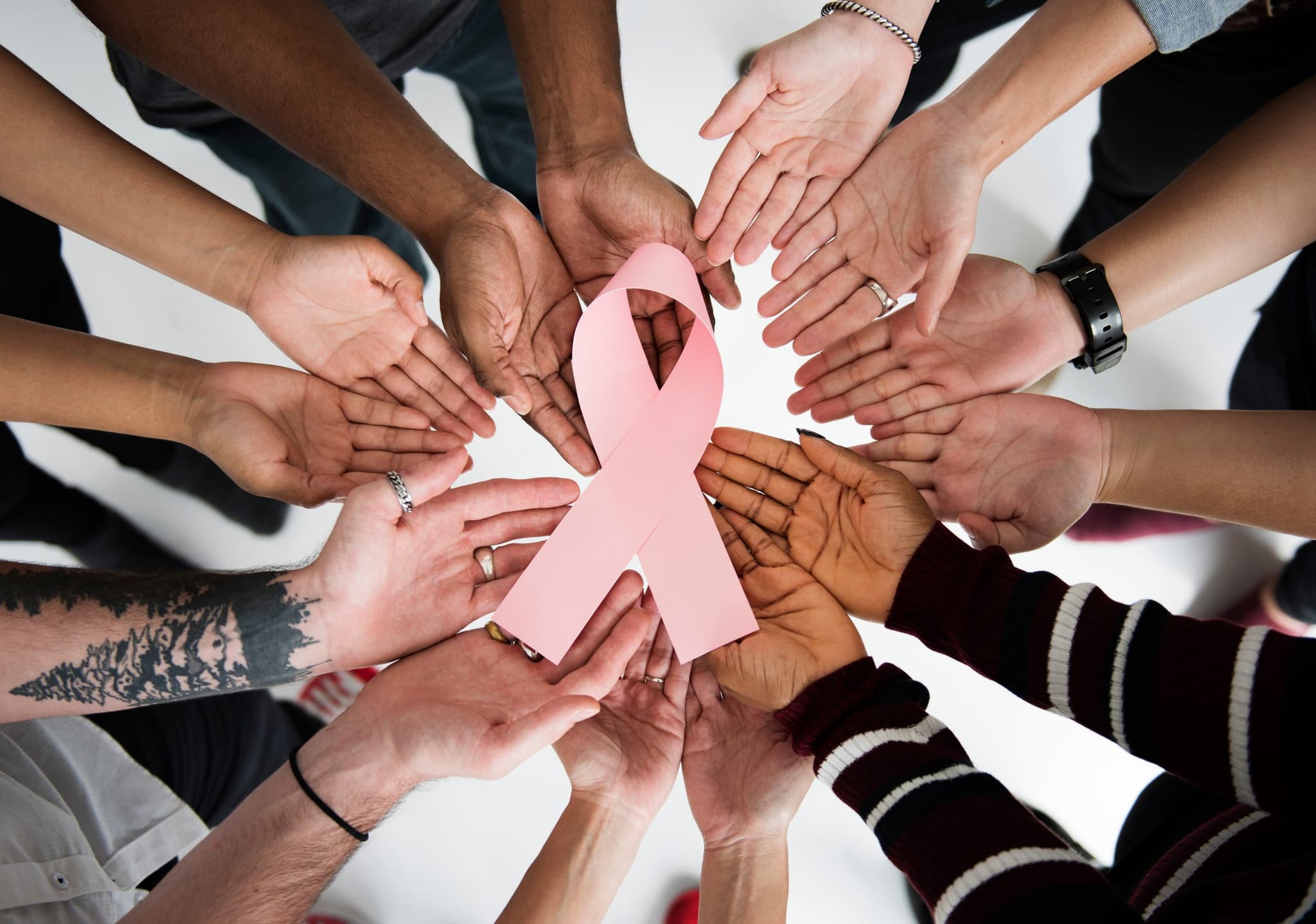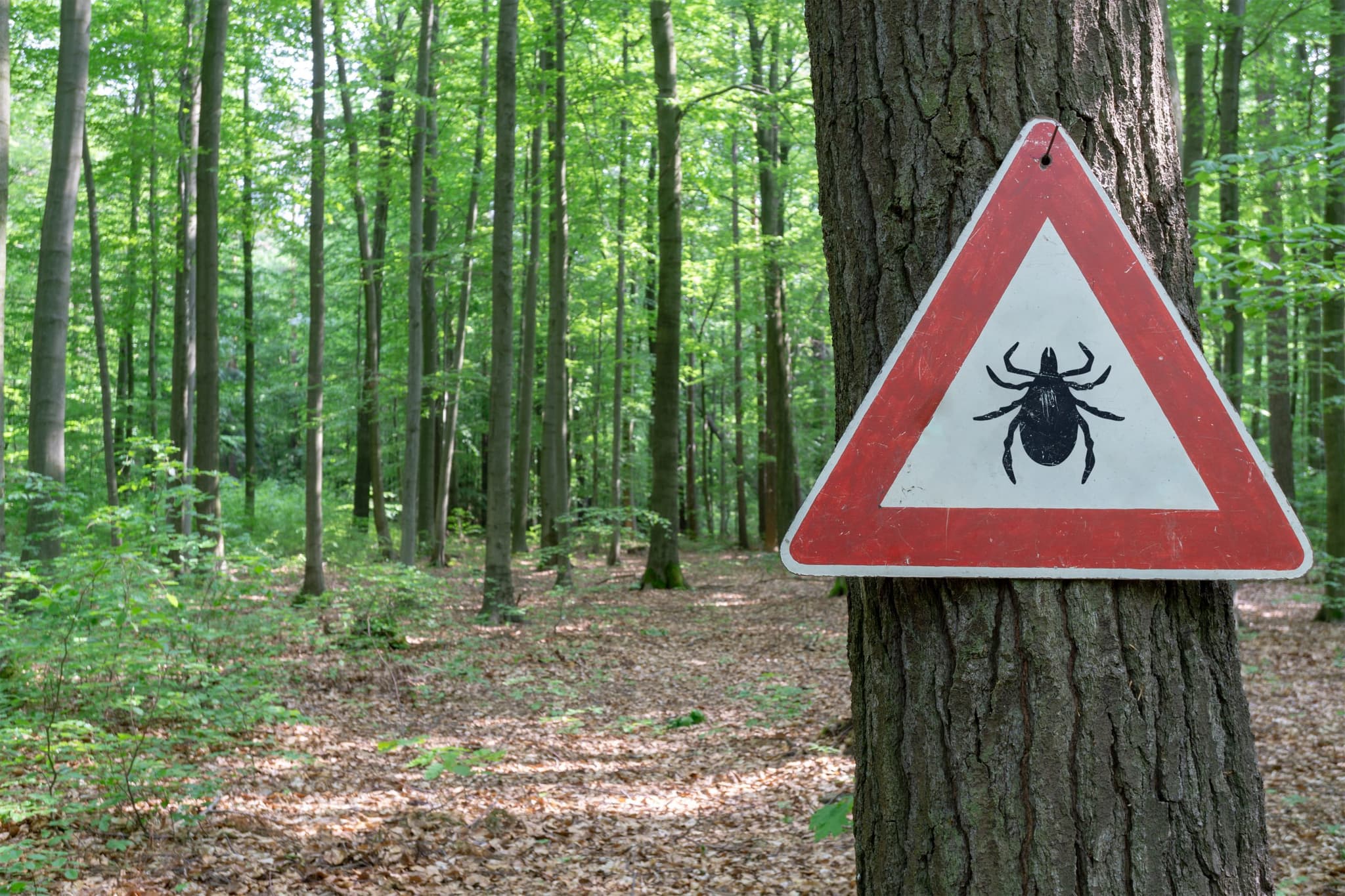
2025-11-21T14:10:25
How to Prevent Gestational Diabetes
- Family Medicine
- Internal Medicine
- OB/GYN
August 19, 2016 | Family Medicine
Specialties:Family Medicine

Thanks to the rapidly growing older population and our modern lifestyle habits, high blood pressure, or hypertension, is an increasing problem worldwide. The number of people living with high blood pressure is predicted to be 1.56 billion worldwide by the year 2025, and the American Heart Association (AHA) estimates that around 80 million people have hypertension in the U.S. Other sobering facts include:
More people die of hypertension-related cardiovascular disease than from the next three deadliest diseases combined.
Heart disease is the leading cause of death for American men.
About 7.9 percent of African-American men, 8.5 percent of Caucasian men, and 6.3 percent of Mexican-American men suffer from some form of coronary heart disease.
The Centers for Disease Control and Prevention estimates that only about half of all adults with hypertension have the condition under control.
High blood pressure costs the U.S. about $46 billion a year in health care services, medications, and absence from work.
Men are more prone to hypertension at a younger age, and women have a higher rate of hypertension at older ages.
Prevalence of hypertension is higher in people over 60 years of age.
Blood pressure “is the force exerted by the blood against the walls of blood vessels, and the magnitude of this force depends on the cardiac output and the resistance of the blood vessels,” explains the American Heart Association. The two numbers that comprise a blood pressure reading reflect the amount of force pushing against your artery walls when the heart is contracting and when the heart is at rest:
 The systolic reading measures the pressure as the heart pumps blood around the body
The systolic reading measures the pressure as the heart pumps blood around the body
The diastolic reading reflects the pressure as the heart relaxes and refills with blood<
Factors such as acute stress, excitement, intense exercise, or sitting in a hot tub can cause a temporary rise in blood pressure, even in people whose blood pressure is normal. It’s typically lower in the morning and rises as you go about your day. To diagnose hypertension, your doctor will take several readings to assess your blood pressure over time. If it’s determined that the force of the blood flow against your artery walls is consistently high, the tissue in the walls may become stretched beyond healthy limits, causing multiple types of damage.
The American Heart Association defines the following ranges of blood pressure (in mmHg):
Normal blood pressure is below 120 systolic and below 80 diastolic
Prehypertension is 120-139 systolic or 80-89 diastolic
Stage 1 hypertension is 140-159 systolic or 90-99 diastolic
Stage 2 hypertension is 160 or higher systolic or 100 or higher diastolic
Hypertensive crisis is when blood pressure is above 180 systolic or above 110 diastolic. This is an emergency that requires immediate medical attention.
If left untreated, long-term hypertension causes a number of life-threatening conditions. When “plaques” form in the blood vessels and cause them to narrow – a condition called arteriosclerosis – complications include:
Heart failure due to an enlarged or weakened heart
Aneurysm – an abnormal bulge in the wall of an artery, which can burst, causing severe bleeding or death
Blood vessel narrowing in the kidneys can lead to possible kidney failure; in the heart, brain, and legs, this can lead to heart attack or stroke
Blood vessels in the eyes may rupture or bleed, leading to vision problems or blindness
The longer hypertension goes untreated, the more serious the complications can become. “Lifestyle modifications are essential,” explains the American Heart Association. “These changes may reduce your blood pressure without the use of prescription medications.” Although there is no cure, high blood pressure is manageable if you implement these four lifestyle habits:
Being overweight or obese is a key risk factor for hypertension. If you need to reduce your weight, adopting a heart-healthy eating plan will help you lose and maintain weight while also lowering your blood pressure. Reducing your consumption of red meat, salt, alcohol, and foods and beverages containing sugar is vital to your success.
The D.A.S.H. diet (Dietary Approaches to Stop Hypertension), is a flexible, balanced, and easy-to-follow eating plan based on studies that show it:
Lowers high blood pressure
Improves fat levels in the bloodstream
Reduces the risk of developing cardiovascular disease
D.A.S.H emphasizes:
Fruits and vegetables
Whole-grain foods
Fat-free and low-fat dairy products
Beans and legumes
Skinless poultry and lean meats
Omega-3-rich fish such as salmon, trout, and herring
Download a PDF of the complete D.A.S.H. eating plan.
Physical activity pays off in multiple health-enhancing ways. It lowers blood pressure, helps you manage your weight, strengthens your heart, and lowers your stress levels. It’s easy to be inactive in our convenience-based culture, but taking charge of your fitness is one of the most important and empowering things you can do.
Guidelines advise that hypertensive patients should participate in at least 30 minutes of moderate-intensity, dynamic aerobic exercise such as brisk walking, jogging, cycling, or swimming five to seven days a week. The AHA recommends that you:
Include flexibility and stretching exercises
Include muscle-strengthening activity at least two days each week
Many people try to cope with stress by overeating, drinking, or smoking, but all of these activities further increase the risk for high blood pressure, heart attack, and stroke. Finding healthy ways to lower your existing stress levels and cope with unavoidable stressors makes a big difference in managing blood pressure.
Quiet your mental thoughts with relaxation techniques. Yoga, meditation, deep breathing exercises, progressive muscle relaxation, and guided imagery are powerful stress-busters. Find one or two that work for you.
Practice laugh therapy to decrease stress hormones, reduce artery inflammation and increase HDL, the “good” cholesterol.
Nurture yourself with treats like massage, an afternoon nap, or a warm bath.
Ask for help if stress and anxiety are overwhelming you. Confide in loved ones, and talk to your family doctor about beneficial strategies.
You and your doctor will probably explore lifestyle changes as the first course of treatment for hypertension, but it’s possible you may take low-dose medication simultaneously if your blood pressure is above 140 over 90.
Depending on your specific condition, your doctor might prescribe one or more of the following:
Diuretics
Beta-blockers and alpha-blockers
Calcium-channel blockers
Vasodilators
Angiotensin-converting enzyme (ACE) inhibitors
Once you implement your heart-healthy treatment program, it will become a natural, self-reinforcing habit that helps you maintain lower blood pressure and achieve an overall higher quality of life. You will lower your risk of heart attack, heart failure, stroke, peripheral artery disease, and kidney disease. “Death rates from these diseases have decreased significantly, thanks in part to earlier and better treatment of high blood pressure,” reports the AHA.
Sources:
Medical News Today
American Heart Association: About High Blood Pressure
Harvard Health Publications
University of Utah Health Care
American Heart Association: Managing Blood Pressure With A Healthy Diet

WRITTEN BY:
The Live Better Team

2025-11-21T14:10:25

2025-11-03T11:32:24

2025-10-21T11:51:52

2025-08-20T16:07:59
This information is not intended to replace the advice of a medical professional. You should always consult your doctor before making decisions about your health.